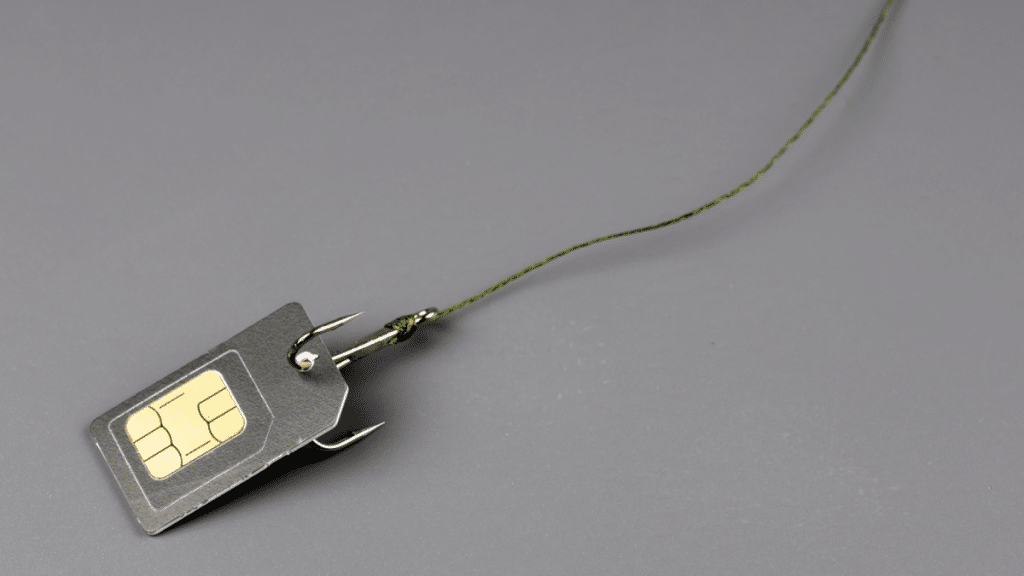A SIM card, or Subscriber Identity Module card, is a small, removable smart card inserted into a mobile phone or other cellular device. It stores information that identifies the user to the mobile network operator, such as their unique subscriber number, the services they are authorized to use, and other authentication and encryption keys necessary for secure communication with the network. Let’s discuss what happens when you misplace or lose your SIM card.
The obvious way to lose your SIM card is when your phone is stolen. Another way is removing the SIM card from your phone or other devices, forgetting to insert it back, or accidentally throwing it away. This can happen if you leave it on a table, drop it on the floor, or put it in a place where it gets buried under other items. This commonly occurs when you go on vacation and purchase a new SIM card to use in the country you are visiting. If you lose your SIM card, you may need to contact your mobile network operator for a replacement. The process for obtaining a replacement SIM card may vary depending on the operator and the circumstances of the loss. To prevent fraudulent activities, contacting your provider as soon as possible and deactivating the card is important. The replacement can incur additional charges as well.
Luckily, there is a way to avoid SIM card loss. And that is to use an eSIM-embedded device. eSIM (Embedded SIM) is a digital SIM card embedded in a device that can be programmed to connect to a carrier’s network without needing a physical SIM card. It allows users to switch carriers and activate a new cellular plan without changing the physical SIM card in their device. Leading companies like eSIM Korea and eSIM Japan offer affordable eSIM plans suitable for all travelers, from business travelers to backpackers.
For travelers, eSIM offers several conveniences. Firstly, it eliminates the need to purchase a physical SIM card and swap it out when traveling to a new country, thus preventing the issues discussed earlier. Secondly, it allows travelers to easily switch between multiple carriers in different countries without the hassle of physically swapping SIM cards or dealing with local carrier restrictions. Additionally, it can save money by allowing users to sign up for short-term plans tailored to their needs and not be tied to long-term contracts. Overall, eSIM is a more flexible and convenient option for travelers who require cellular connectivity while on the go.


